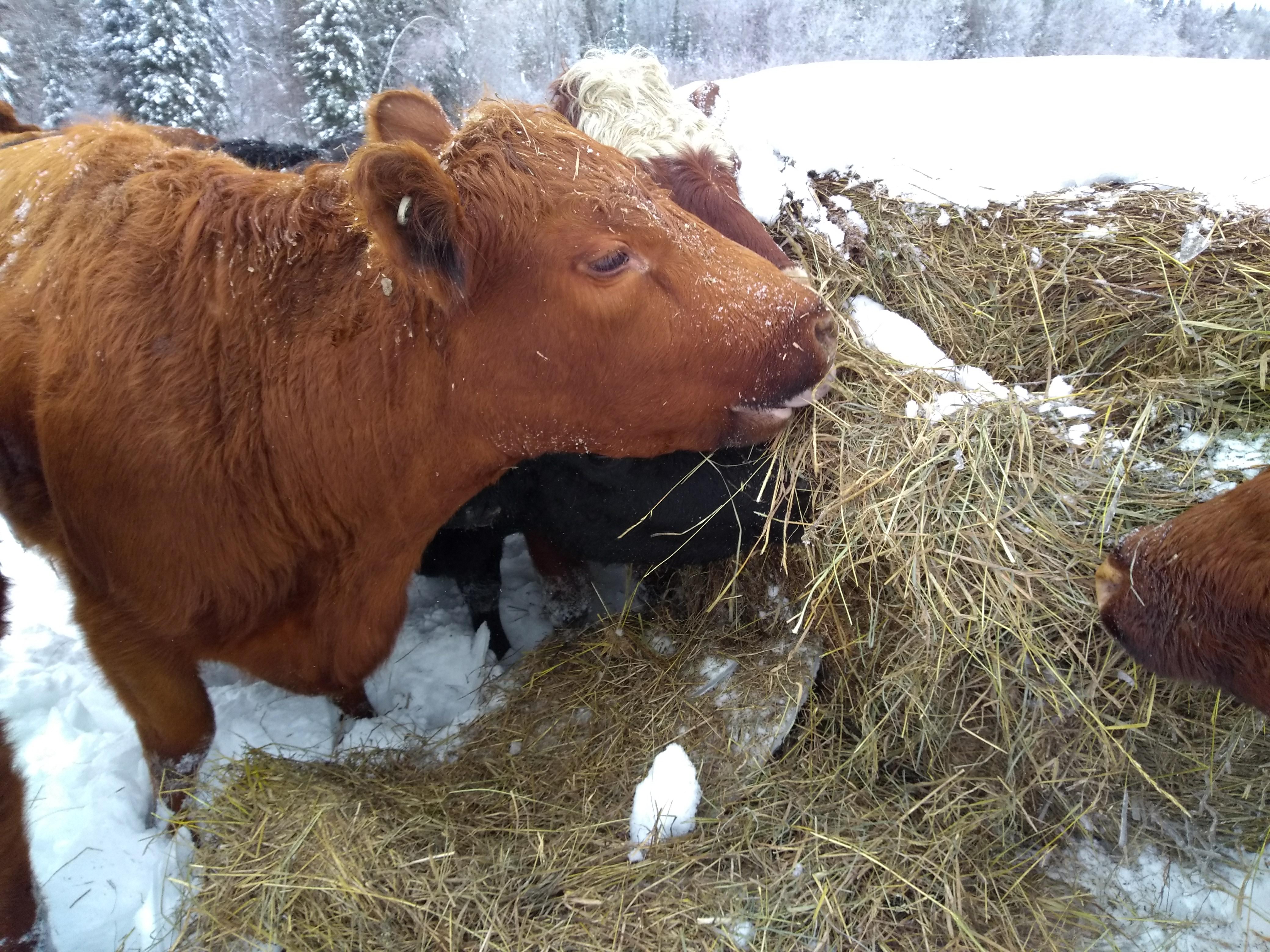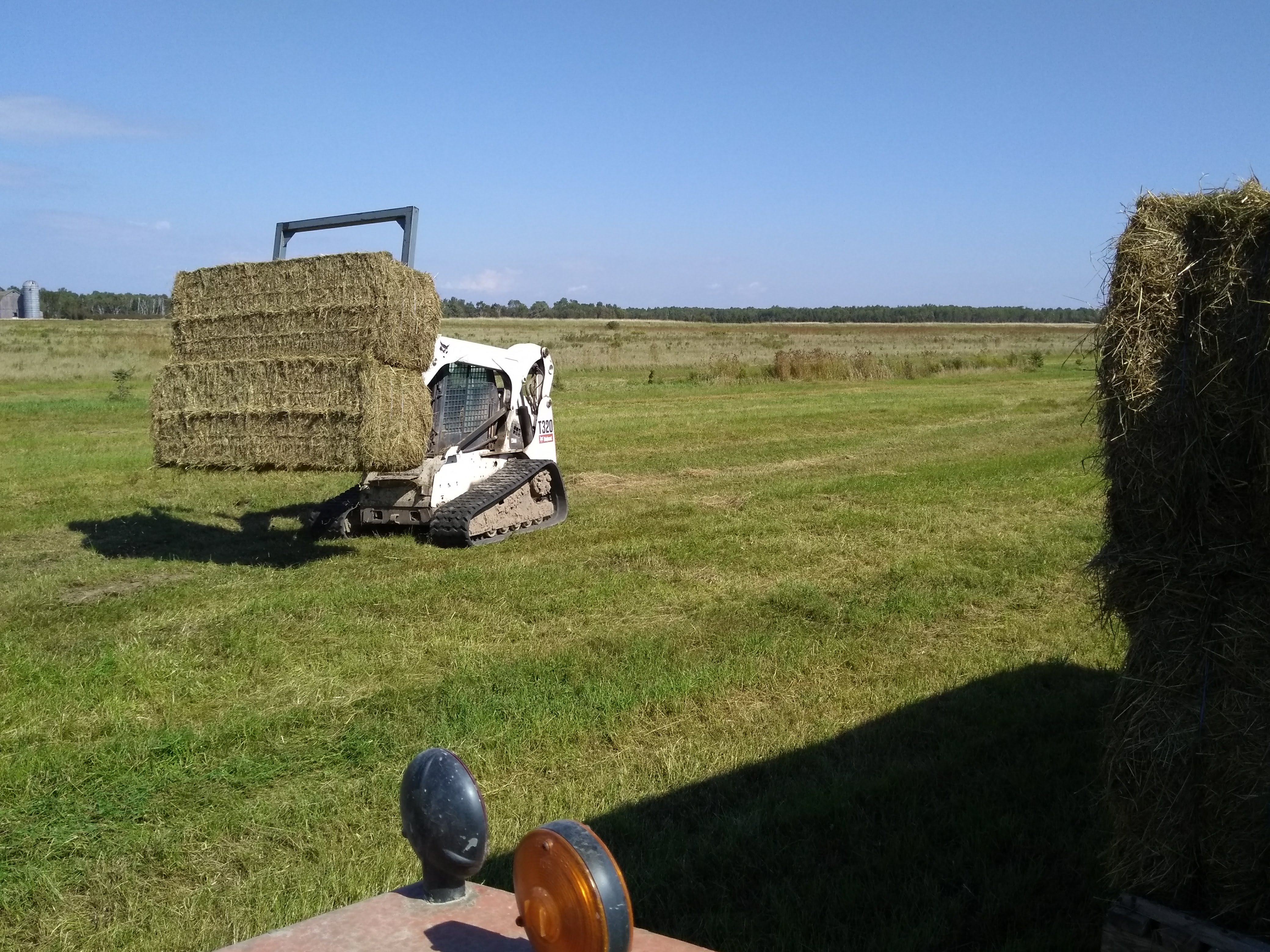Managing your hay needs in a drought year
Dry conditions present concerns of a smaller hay supply and higher prices.

Lack of rainfall this season has begun to create concerns about a reduced hay harvest. First-cutting yields have been lower than normal in drier areas and in fields with light-textured soils. If dry conditions continue into July, second cutting hay may see similar yield reductions. For hay buyers, this can mean a smaller supply to choose from and higher prices. Navigating the effects of a short hay supply requires a back-to-basics approach.
Quality and Feed Value
Purchasing hay begins with an understanding of quality and feed value. Quality assessment should start with looking at plant conditions and soil health; it should also include a forage analysis. If growing conditions are less than ideal, such as during a drought, buyers should expect higher quality to be hard to find and priced at a premium.

During a drought, nutrient availability for the next cutting becomes a significant concern. Having sufficient nutrients for each cutting is a routine issue to address when raising forages. However, in dry conditions, there is less nutrient mobility and microbial activity which affect plant uptake and nutrient use. These conditions can affect overall quality and lead to higher soil nitrate levels especially in summer annuals and corn. Higher nitrate levels can lead to concerns of nitrate toxicity in forage crops, which is potentially fatal when fed to livestock.
Ask sellers to provide a copy of a forage test analysis, if available. If test results are not available, discuss whether one can be obtained. Common forage testing provides information on dry matter, digestibility and protein. There are a number of laboratories that provide forage analysis testing and can be easily found via a Google search. Testing is recommended anytime hay is being bought.
To ensure accuracy of testing, a proper sample is needed. Phil Kaatz, MSU Extension field crops educator, walks through a proper sampling process in his article on hay sampling.
If there are concerns of nitrate toxicity, ensure forage analysis will include nitrate testing. A separate test for nitrates is often required. Different sampling methods may be needed depending on which type of testing is ordered. Additional resources for understanding forage samples include:
- Sample Guidelines from A&L Great Lakes Laboratories
- Sampling hay, silage, and total mixed rations for analysis – University of Wisconsin
- Nitrate Accumulation in drought stressed corn and forages: Sampling and testing
- Sorghum-sudangrass pasture poses prussic acid and nitrate poisoning risk
Estimating Bale Weights
Once quality has been established, the next step is identifying what quantities you are purchasing. Hay is sold either by the ton or bale. However, even if sold by bale, weight should still be a determining factor in pricing. In order to accurately compare different types of bales, their size, weight, and density are important factors. Jason Banta from the University of Texas A&M provides a guide on estimating bale weight: Bulletin E-319 – Bale Weight: How Important Is it?

Where Do I Find Hay Prices?
Gaining an idea of what hay is worth is important before looking at any markets. Values can shift dramatically from one area to another, even within a county. The shift in values is especially important if local supply is a concern. To gain an understanding of hay values, look at several sources:
- USDA Agricultural Marketing Services Market Reports
- USDA “Agricultural Prices” Report – Administered by Cornell University
- National Agricultural Statistics Service – Monthly state level prices available
- Hay Market Demand and Price Report for the Upper Midwest
In some cases, buyers may want to secure their hay needs before it is harvested. Pricing standing forages requires a few considerations. For more information review MSU’s article: Pricing standing forage.
Where Do I Find Hay?
Once you’ve built your base of knowledge, your next step is to find hay to purchase. There are a few options for locating potential hay markets. Local livestock auctions may also hold dates for hay sales. Farms with hay for sale may advertise in newspapers, farm magazines or even roadside signs. With today’s technology, there are also several online marketing options. The following do not constitute an endorsement, but rather examples of available websites:
- livestockmarket.com is an online marketing and auction website. Hay listing or online auctions are available nationwide.
As with any online purchases, steps should be taken to avoid anyone who may not be a legitimate hay seller. For additional resources on forages, like hay, visit the MSU Forage Connection website at: https://forage.msu.edu/
For additional resources related to drought conditions, visit MSU Drought Resources at: www.canr.msu.edu/drought_resources



 Print
Print Email
Email